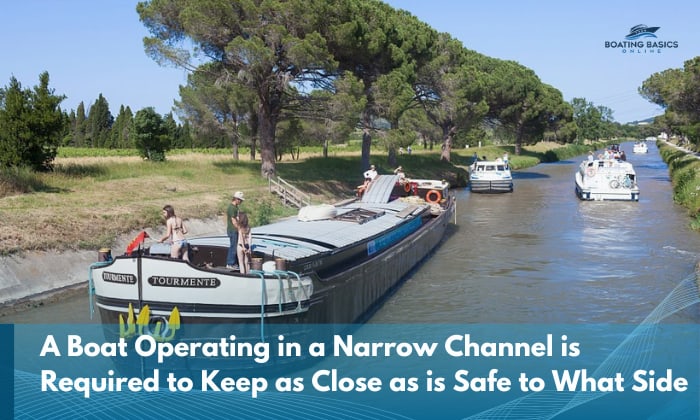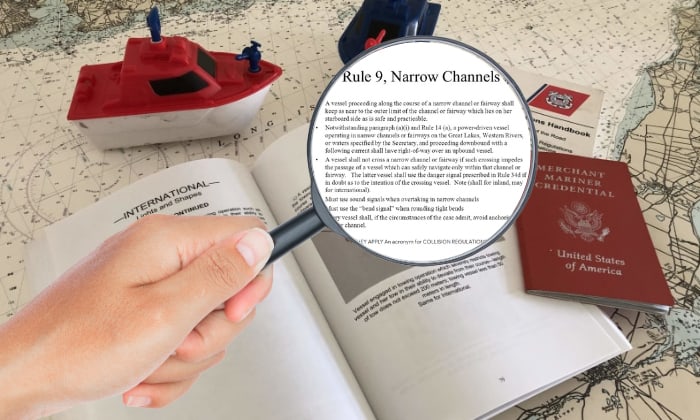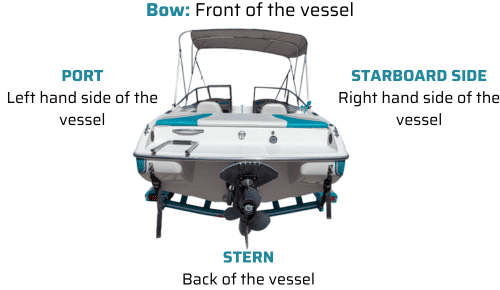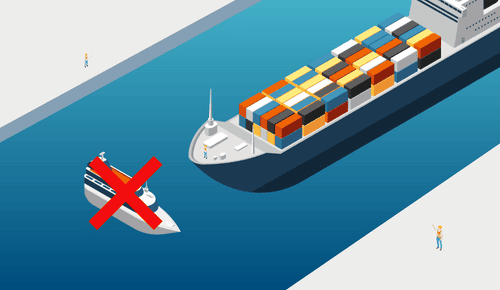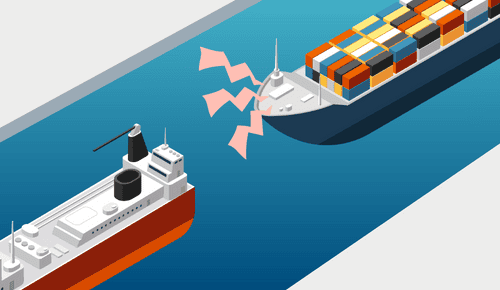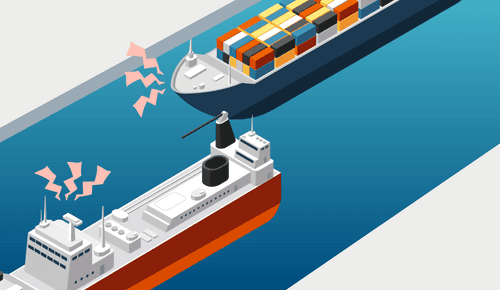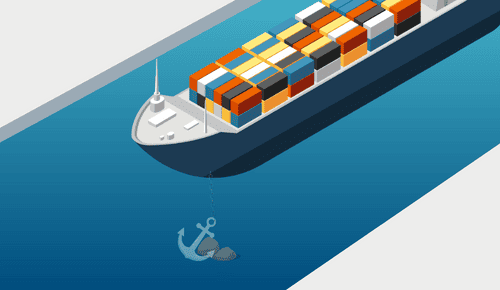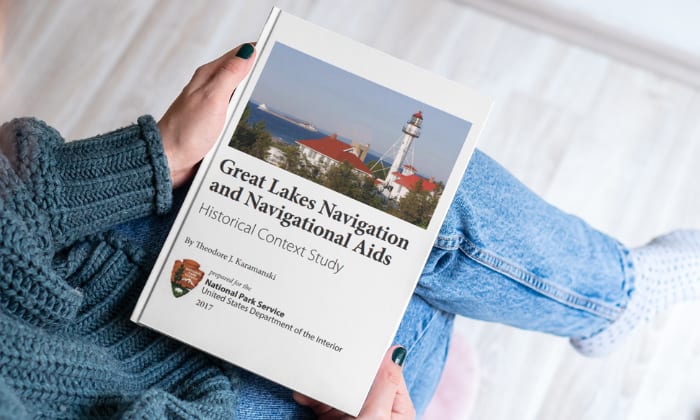Operating boats in a narrow channel can be tricky, but you should always adhere to navigation rules to ensure everyone’s safety, including other watercraft operators. This scenario inevitably leads us to the question, “A boat operating in a narrow channel is required to keep as close as is safe to what side?”
You need to stay near the channel’s outer edge on your vessel’s starboard (right) side.
Learn why this is the case and other concerns by reading on.
Table of Contents
- Rules for Operating in a Narrow Channel
- Rule 1 – Stick to the starboard side
- Rule 2 – Refrain from being a channel blocker
- Rule 3 – Fishing Vessels Shouldn’t be a Nuisance
- Rule 4 – Be prudent when crossing the channel
- Rule 5 – Wait until the other vessel sends its signal before overtaking
- Rule 6 – Be wary when near bends
- Rule 7 – Don’t anchor anywhere in the channel
- Exceptions to the Rule
- Conclusion
Rules for Operating in a Narrow Channel
The Narrow Channel navigation guidelines (Rule 9, to be exact) set by the International Regulations for Preventing Collisions at Sea (COLREGs) are completely clear when it comes to this topic. On the whole, boat operation in tight channels requires you to be more careful.
I’ve opted to share all the rules in a more casual language that sheds the formal, technical style used in the official documentation, for everyone’s easier reference.
Rule 1 – Stick to the starboard side
The main answer to our topic is actually the first rule in the COLREGs course documents. It’s pretty straightforward: just keep your right side close to the edge of the channel without hitting it and other watercraft.
Rule 2 – Refrain from being a channel blocker
Anyone using a boat under 20 meters or specifically, a sailboat should take care not to get in the way of larger boats.
Rule 3 – Fishing Vessels Shouldn’t be a Nuisance
Similar to the smaller boats in rule 2, fishing vessels should not block the passage of other vessels in the channel.
Rule 4 – Be prudent when crossing the channel
Everyone navigating the slim channel is having a hard time with limited space as it is. As such, only cross once you know you won’t disrupt any other vessel’s path. Give them a honk with your horn to signal your intent to everyone within your vicinity.
Rule 5 – Wait until the other vessel sends its signal before overtaking
When overtaking, you should exercise the same caution when crossing. Sound the proper signal to let any boat know your intention, and they’ll likely respond with the same signal to express that they understand or agree with your intention to overtake.
Rule 6 – Be wary when near bends
You’ll never be completely certain that there aren’t hidden boats out there that you might collide into. Keep your ears open and your eyes peeled on your immediate surroundings. Again, send sound signals to inform others of your presence.
Rule 7 – Don’t anchor anywhere in the channel
Once you decide to anchor, you’re essentially already blocking the channel because everyone has limited space to work with.
Exceptions to the Rule
Certain sections of Rule 9 make only one exception clear. Pay attention to it so you can always safely navigate a boat in such conditions.
- If you’re going downbound with the current on a power-driven vessel in the Great Lakes, Western Rivers, and other waters marked by the Secretary, you get the right-of-way over upbound vessels. You are responsible for using signals for maneuvering.
It’s not really an exception, so much as a privilege granted to downbound power-driven watercraft in those specific waterways.
Other than that, there really aren’t any exemptions granted to specific vessels when they’re navigating through narrow channels – at least, if we’re going to stick to Rule 9, which is the COLREGs section dedicated to them.
Conclusion
To make the answer to the scenario/question, “A boat operating in a narrow channel is required to keep as close as is safe to what side?” clear, you should remain (as safely as possible) near the channel’s outer limit on your boat’s starboard side.
Please remember and adhere to the other rules shared above because, at the end of the day, we all want to make our boating lives easier.

“My intention from the first day establishing Boating Basics Online is to provide as much help as possible for boaters who want to experience a first safe and convenient trip. So feel free to join us and share your beautiful journeys to the sea!”

